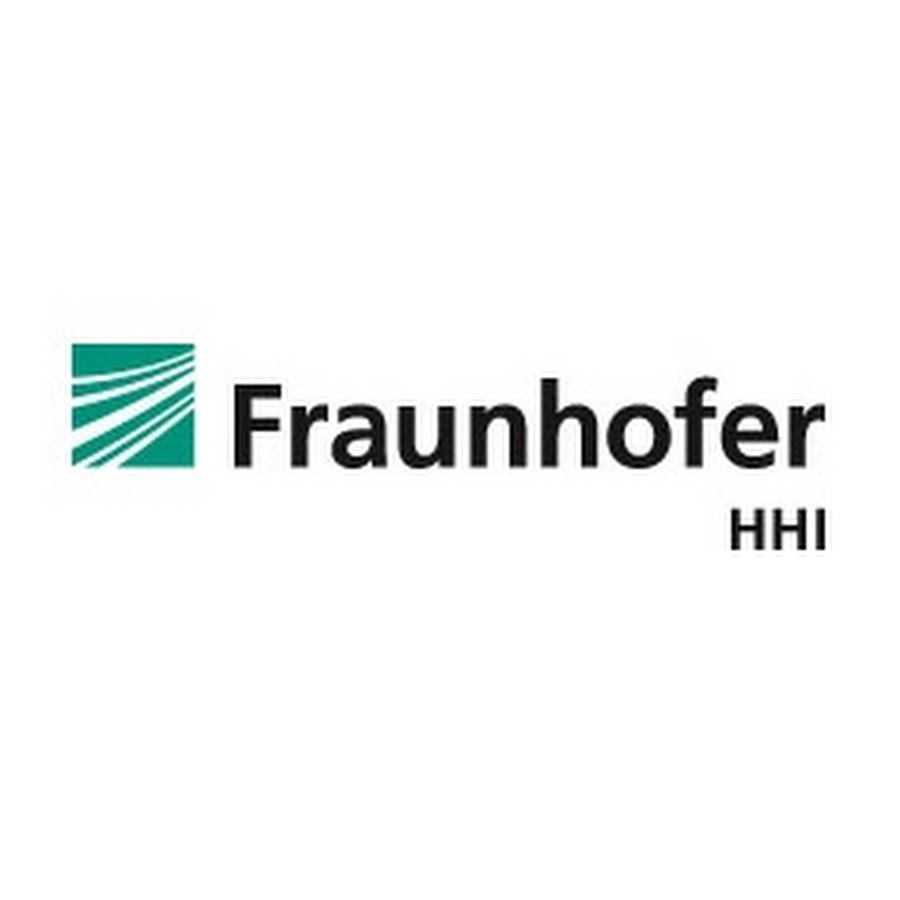Fraunhofer HHI, Berlin

Innovations for the digital future
– i.e. both in the field of state-of-the-art communications systems and in the field of digital media and services use – are at the heart of research and development work carried out by the Heinrich-Hertz-Institut. We are concentrated to develop the principles of information technology and to demonstrate new applications for new products in partnership with the industry.
The core competencies of HHI are in the areas of Photonic Networks and Systems, Mobile Broadband Systems, Photonic Components and Electronic Imaging.
Activities in photonic networks and components expand a spectrum from highly capacitive flexible long haul networks to the broadband inhouse network and their components
R&D-activities in the area of mobile broadband systems focus to design aspects of future cellular systems and their realization for various mobile communications systems. multi-antenna systems (MIMO) up to 1 Gbit/s, resource management for both cellular mobile, radio systems and WPAN-systems up to 60 GHz.
Optical and opto-electronic components and modules are developed and manufactured. Our range includes InP-based lasers and detectors with wavelengths from 1.1 µm to 2.0 µm, polymer lightwave circuits, and diffractive optics.
Main topics are further video- and audio-coding / transmission (Video over IP), the 2D- und 3D image processing, the image reproduction in virtual environments, teleimmersive systems, autostereoscopic displays, miixed reality displays, man-machine-interactions and information and videoretrieval.
Our memberships:
Fraunhofer Alliance Microelectronics (VµE)
Fraunhofer Information and CommunicationTechnology (ICT) Group
Fraunhofer Information and CommunicationTechnology (ICT) Group
Challenges and Mission
Broadband Capacity is Growing Faster than Network Capacity
Traffic volume in networks ( both fixed and wireless) has been continually growing by 30 to 50 percent per year for more than ten years due to the increasing use of IP-based services. There is no end in sight to this trend. On the contrary, peer-to-peer services and applications such as IPTV, Second Life, You Tube and Joost can only continue and strengthen this development.
Over-Proportional Increase
According to current predictions, the number of mobile-phone clients will double by the end of 2015, reaching 5 billion, and the amount of data transferred will increase approximately one-hundredfold. This means an increase of between 60 to 70 percent annually. All experts in the field anticipate that the present broadband network and the developments planned for the coming years will not be able to cover the immense growth in traffic volume in landline and mobile networks.
The Market Demands Optimised Multimedia Services
Multimedia is one of the key components in information technology as images, video, language, sound and additional data are being used for an increasing number of services in the office, in the home and in public areas.
The vision of multimedia services for everyone at any location and at any time is also the driving force behind the F & E activities of the experts at the Heinrich Hertz Institute.
The Mission of the Heinrich Hertz Institute
The meaningful shaping of the world of information and communication demands fundamental answers to the question of how an information society, which aspires to fair and equal access opportunities to communication for all participants, can be brought into being.
The Heinrich Hertz Institute sees itself as being in a position of responsibility in this regard.